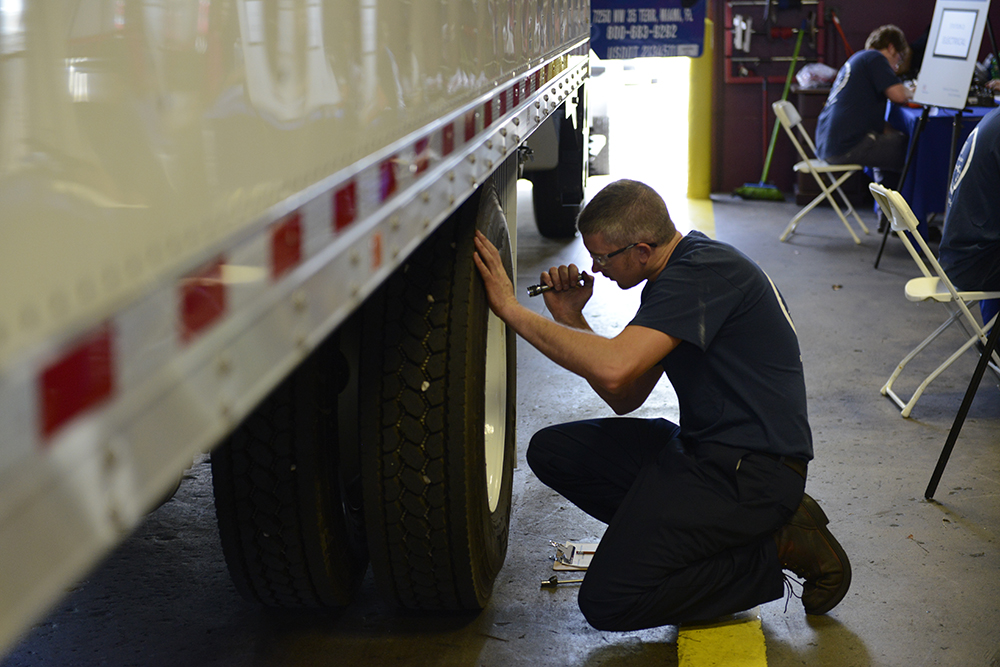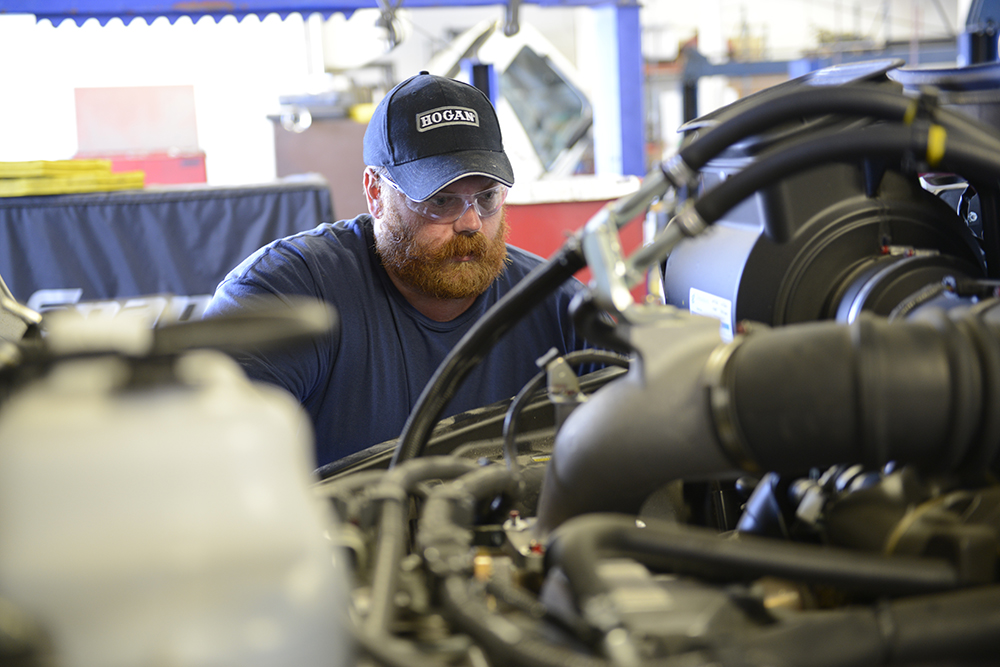You know a situation is getting worse when you see the same issue occupying a lot of space in the trade publications. Just last week, an article in FleetOwner and one in Transport Topics addressed the high costs the trucking industry faces from an increase in traffic congestion…to the tune of more than $94 billion in 2021. That’s an increase of $20 billion from just five years earlier! Although some areas of the country are obviously worse than others, from an overall statistical view, if you distribute the $94 billion across all the U.S. registered tractor-trailers, you’re looking at an annual cost per truck of $6,824 caused by congestion.
The only lull we’ve seen in recent decades was in 2020 during the height of the pandemic, when people were staying home. The Transport Topics article cites American Transportation Research Institute (ATRI) report, The Cost of Congestion to the Trucking Industry: 2023 Update, which notes, “While year-over-year congestion costs decreased in 2020 due to the COVID-19 pandemic, they rose sharply in 2021 with a total of 1.27 billion hours of lost productivity.”
All of us who live in heavily congested areas know the nightmare of sitting in traffic and going nowhere fast; for the trucking industry delays are incredibly expensive. According to the ATRI report, “This level of delay equates to more than 460,000 commercial truck drivers sitting idle for one work year, ad the 2021 figure represents a 27% increase from the report’s baseline year of 2016 – an increase that is twice the rate of inflation.”
Online shopping has definitely increased truck traffic (think Amazon, UPS, USPS, and FedEx alone). As if that weren’t enough, just wait until major highway infrastructure projects start up. As the saying goes, “You ain’t seen nothing yet.” We know the roads and bridges desperately need repair, but the cost in delays will likely be staggering.
How fleets can mitigate congestion
Unless you are going to go out, fill a pothole, and blacktop a road (not likely), there’s little you can do to change the traffic situation. What you, as a fleet manager can do is try to make the pain and cost a little less severe. Truck technology will play a huge role in this:
- Route optimization – Companies that use advanced route planning software and real-time traffic data can develop routes that avoid known traffic bottlenecks. This will increase efficiency, both in delivery times and fuel consumption, as well as reduce wear and tear on the trucks.
- Telematics and GPS – Accidents happen. They’re unavoidable and tie up traffic. But, if you know where every vehicle on the road is located, your dispatchers should be able to reroute trucks or provide them with alternate routes. Telematics and GPS technology provides you with the data your dispatchers will need.
- Alternative delivery times – Obviously, there are peaks and lulls when it comes to congestion. If companies can shift deliveries to off-peak hours or on weekends, the worst traffic jams can likely be avoided. However, that means working closely with warehouse facilities and shippers to get them to comply without significant cost increases.
- Ongoing maintenance – I may sound like a broken record as I keep stating how invaluable preventive and predictive maintenance are. The fact is that well-maintained vehicles are more likely to navigate through congestion efficiently. Plus, there are improved engine technology upgrades and fuel-efficient features that will help reduce costs.
- Driver training – Your first line of defense when it comes to traffic congestion are your drivers. The more your drivers know about the local traffic conditions and alternate routes, the better they’ll be able to navigate through congested areas. Also make sure your drivers are trained on the technology in the vehicles to assist them.
There are, of course, additional things that can be done, but the five above are a good start. The reality is, whether it’s due to weather, accidents, or just plain too many cars on the road, congestion is going to be an issue for trucking companies for the foreseeable future.





